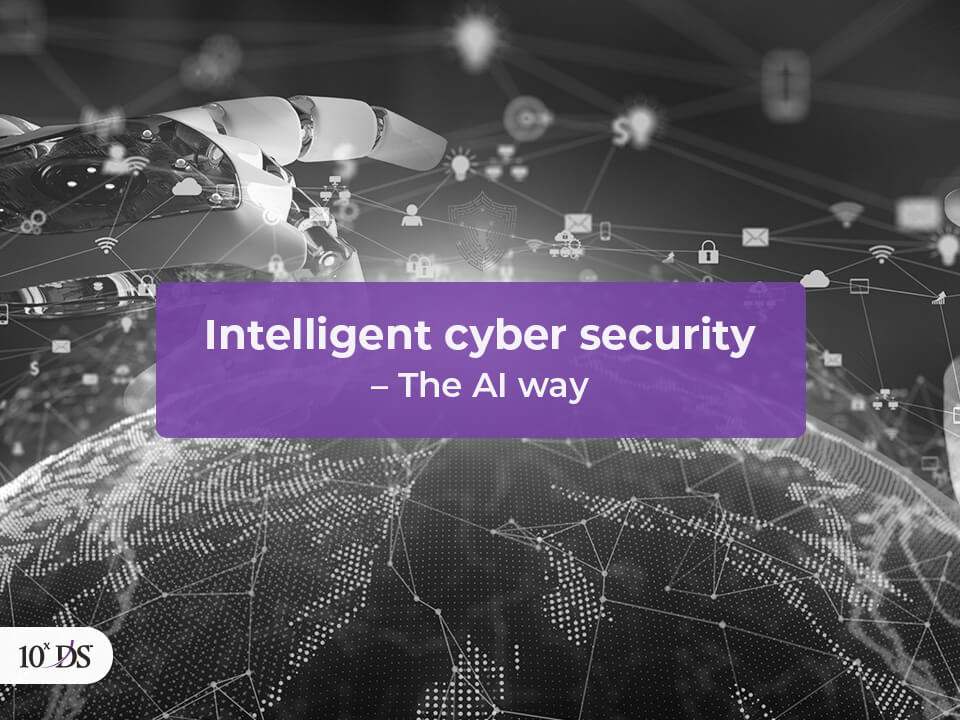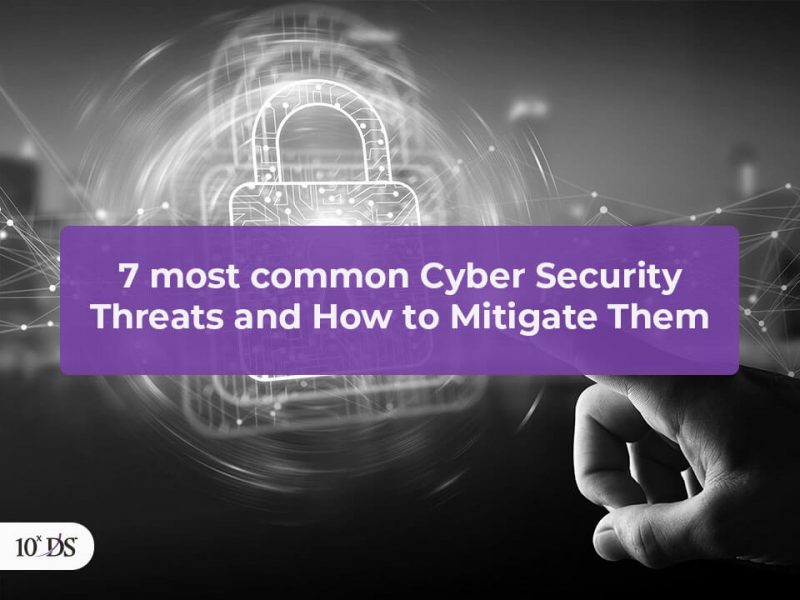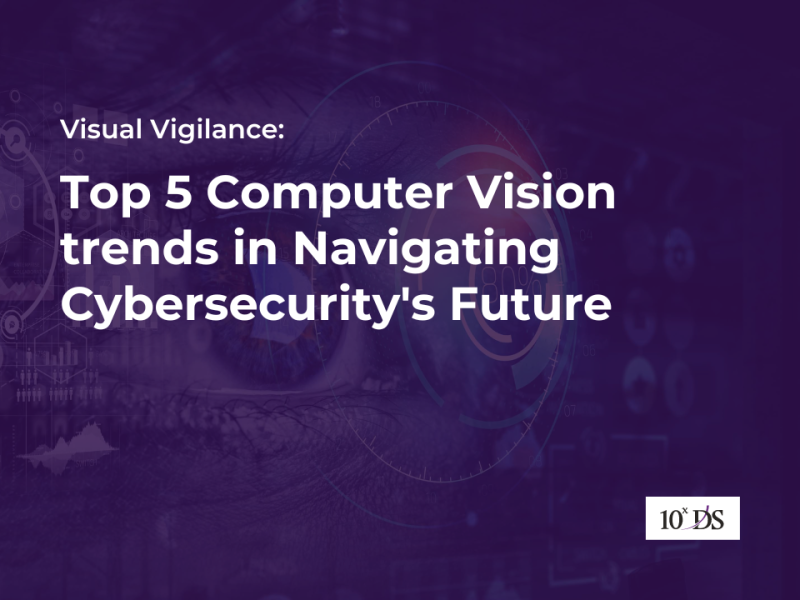
Intelligent Cyber Security – The AI Way
Cybercriminals will steal an estimated 33 billion records in 2023 according to the projections mentioned in the 2018 study from Juniper Research. That’s something very grave to watch for, and this sheds light on the pressing need to fortify cybersecurity across organizations.
To tackle cybersecurity proactively and accurately, infusing intelligence across the entire security ecosystem of an organization is the need of the hour”. If the recent history is any indication, the targeted cyber-attacks that happened recently and even the past attacks suggest that no one is immune to these threats unless companies are fully prepared to respond.
Cost of the average data breach to companies worldwide is $3.86 million (U.S. dollars) and Average time it takes to identify a data breach is 196 days.
Ponemon Institute’s 2018 Cost of a Data Breach 2018 study for IBM
This calls for the implementation of fortified cyber security measures. Just the stand-alone cyber security solutions would not suffice. Artificial Intelligence (AI) has a huge potential to boost the cyber security profile of a company. AI could work in harmony with the cyber security implementations, to accelerate risk reduction exponentially.
Moving towards a comprehensive security strategy with intelligence at its core is the way forward

1. Understand
AI models are trained by consuming large data sets. Through machine learning and deep learning methods, the AI models “understand” many varieties of cybersecurity threats and risks.

2. Analyze
AI gathers insights and uses reasoning to identify the relationships between threats. This analysis takes seconds or minutes, allowing analysts to respond to threats faster.

3. Respond
AI provides curated analysis of risks, reducing the amount of time analysts take to make the critical decisions and launch a response to remediate the threat.
Many of the Cyber Security Solutions in the market uses AI models. For example, LogRhythm uses machine learning to profile and detect threats, compromised accounts, privilege abuse and other anomalies. The Versive Security Engine (VSE) uses artificial intelligence to separate critical risks from routine network activity. Cybereason’s AI-powered hunting technology determines whether an organization is under attack. (Source: https://builtin.com/)
Let’s look at some of the common cases where AI is effective.
1. Biometric authentication
Biometric logins like fingerprints, retinas, or palm prints are widely used now. This is an AI contribution to cyber security since passwords can be easily hacked. Face recognition systems are being used in even in Airports for easy immigration as they are reliable and accurate. They a getting widely accepted for its use to eliminate identity theft and frauds related to that.
2. Threat detection
AI can be used to detect threats and other potentially malicious activities. Traditional systems cannot keep up with the humongous number of attacks happening. Cyber security companies are teaching AI systems to detect viruses and malware by using complex algorithms so AI can then run pattern recognition in software. Machine learning-powered products detect and protect against malware, ransomware, trojans and other threats. They also predict the presence of malicious activity and automatically blocks the traffic before it becomes dangerous to financial transactions or infrastructure.
3. Dynamic authentications
With AI, the authentication framework can be more dynamic and real-time and it can modify access privileges based on the network and location of the user. Multi-factor authentication collects user information to understand the behaviour of the person and determines the user’s access privileges.
To embrace Automation and AI at its fullest, it’s important that you seek the help of an expert cyber security team, familiar with the latest practices and techniques.
Talk to our cybersecurity experts to stay on top of your cyber security strategy and help you embark on the pathway to the fortification of your firm’s security systems.


